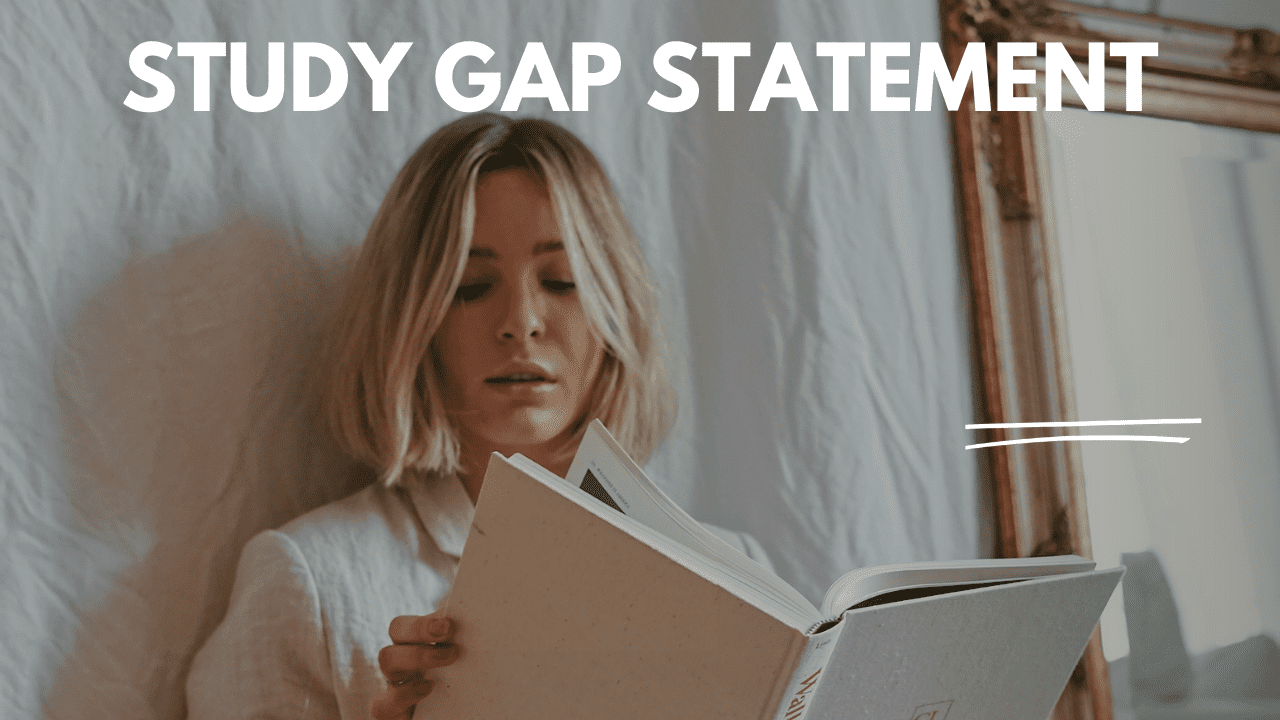
Do you need a study gap statement for your study abroad application? While many students will go from primary school through to post-secondary study without any breaks, others will take some time away from school. Reasons for the gap vary: some dedicate time to caring for a family member, where others work full-time to save money for tuition. Gap years filled with travel or volunteer opportunities are also common, especially for international students.
Read on to learn more about who can write a study gap statement, what to include, and other best practices.
Canada Automated Tools की मदत से work permit renew applications पर करेंगे काम
What Is a Study Gap Statement?
Are you taking a year or more between finishing secondary school and starting post-secondary studies? If so, it’s highly recommended you write a study gap statement when applying to post-secondary institutions. While you should also address your study gap in your Statement of Purpose (SOP), the study gap statement gives more detail about what you did and what you learned during your time away from school.
Important Note: Every academic institution’s entry requirements are different. Some institutions won’t request study gap documents, some will request separate SOP and study gap documents, and others will ask for the two to be combined.
Click this link to read: How International Students Can Get Health and Travel Insurance in Canada
To make your statement easy to understand, we recommend writing it chronologically. Start with when you graduated, and move forward through time, noting any relevant achievements. Most colleges and universities aren’t looking for a long statement; check their application pages for recommended word counts.
Gaps can also happen in the middle of your course of study for similar reasons, due to a school closure, or because you’ve decided to change your program. Canadian schools start to consider time away a “study gap” after 150 days have passed. Considering a mid-program gap? Remember, it can impact your plans for life after graduation too. For example: in Canada, a gap can impact the duration of your Post-Graduation Work Permit (PGWP), or can make you ineligible for a PGWP if your gap was unauthorized by your college or university.
Click this link to read: Financial Questions International Students Should Consider When Studying Abroad
Make It Relatable
When possible, connect your experiences with your field of study. For example, if you spent a year caring for an aging family member, and are applying to a health sciences program, share how your challenges in advocating for their care makes you want to create tools that boost access for others in your community. Or, if you worked at a small business, and are applying to an MBA program, share how your hands-on learning prepared you to dive into your project management and marketing courses.
These details will make your statement more compelling, and show that you’ve put thought into your future. Not sure how to connect your gap year with your studies? Try brainstorming ideas with a trusted friend, family member, or study advisor. They can offer a different perspective, and might see things you’ve missed.
Click this link to read: Top Canadian Universities Without IELTS Requirements
Top 10 most affordable Universities in Canada
What Are Good Supporting Documents for Your Study Gap Statement?
While your study gap statement should tell the full story of your time away, it’s wise to include extra documents that support your statement. Depending on why you have a study gap, here’s what you might need:
- Did you take time off for medical reasons? Include a letter written by your physician.
- Spent time working or volunteering? Have your supervisor write a letter which talks about your responsibilities. Including a payslip or record of employment is also helpful.
- Returned to your home country to support a family member? While respecting their privacy, include a description of the situation, and records of your flight/travel. Your family can also attest to your support in a short letter.
- Did you travel somewhere where you learned things related to your studies? Include proof of language classes, participation in field studies, or similar documentation.
When in doubt, contact the admissions office at your target institutions, or check their websites. They can provide specific advice around their preferred supporting documents, what formats to use (usually PDFs), and what not to include. If possible, request extra copies of original documents, as you may need to share them with immigrations officials or other academic staff in the future.
We hope this guide to study gap statements is helpful as you start or continue your study abroad journey!
NOTE : If you would like HFE to assist you please book your appointment or CLICK HERE FOR FREE ASSESSMENT
Did you find our blog post helpful? Feel free to share it on Twitter, Instagram or Facebook by using the share buttons below.



